Suppose R is relation whose graph is symmetric to both X-axis and Y-axis and that the point (1,2) is on the graph of R. Which one of the following is not necessarily on the graph of R?
(-1,2)
(1,-2)
(-1,-2)
(2,1)
The correct Answer is:D
To solve the problem, we need to analyze the properties of the relation R, which is symmetric to both the X-axis and Y-axis, given that the point (1, 2) is on the graph of R.
1. Understanding Symmetry:
- A graph is symmetric about the X-axis if for every point (a, b) on the graph, the point (a, -b) is also on the graph.
- A graph is symmetric about the Y-axis if for every point (a, b) on the graph, the point (-a, b) is also on the graph.
2. Starting Point:
- We are given that the point (1, 2) is on the graph of R.
3. Finding Points from Symmetry:
- From the symmetry about the X-axis:
- The point (1, 2) implies that (1, -2) is also on the graph.
- From the symmetry about the Y-axis:
- The point (1, 2) implies that (-1, 2) is also on the graph.
- From the symmetry about both axes:
- The point (-1, 2) implies that (-1, -2) is also on the graph.
4. Listing the Points:
- From the above analysis, we have the following points on the graph:
- (1, 2)
- (1, -2)
- (-1, 2)
- (-1, -2)
5. Identifying the Options:
- Now, we need to check which of the given options is not necessarily on the graph of R. Let's denote the options as A, B, C, and D.
- We need to evaluate each option based on the points we derived.
6. Conclusion:
- After checking the options, we find that the point (2, 1) does not correspond to any of the points derived from the symmetry of the graph. Therefore, it is not necessarily on the graph of R.
Final Answer:
The point that is not necessarily on the graph of R is (2, 1).
- A graph is symmetric about the X-axis if for every point (a, b) on the graph, the point (a, -b) is also on the graph.
- A graph is symmetric about the Y-axis if for every point (a, b) on the graph, the point (-a, b) is also on the graph.
- We are given that the point (1, 2) is on the graph of R.
- From the symmetry about the X-axis:
- The point (1, 2) implies that (1, -2) is also on the graph.
- From the symmetry about the Y-axis:
- The point (1, 2) implies that (-1, 2) is also on the graph.
- From the symmetry about both axes:
- The point (-1, 2) implies that (-1, -2) is also on the graph.
- From the above analysis, we have the following points on the graph:
- (1, 2)
- (1, -2)
- (-1, 2)
- (-1, -2)
- Now, we need to check which of the given options is not necessarily on the graph of R. Let's denote the options as A, B, C, and D.
- We need to evaluate each option based on the points we derived.
- After checking the options, we find that the point (2, 1) does not correspond to any of the points derived from the symmetry of the graph. Therefore, it is not necessarily on the graph of R.
The point that is not necessarily on the graph of R is (2, 1).
Topper's Solved these Questions
- FUNCTIONSBOOK - ARIHANT MATHS ENGLISHCHAPTER - FUNCTIONSEXERCISE - Exercise (More Than One Correct Option Type Questions)
22 Videos
- FUNCTIONSBOOK - ARIHANT MATHS ENGLISHCHAPTER - FUNCTIONSEXERCISE - Exercise (Statement I And Ii Type Questions)
11 Videos
- FUNCTIONSBOOK - ARIHANT MATHS ENGLISHCHAPTER - FUNCTIONSEXERCISE - Exercise For Session 12
4 Videos
- ESSENTIAL MATHEMATICAL TOOLS BOOK - ARIHANT MATHS ENGLISHCHAPTER - ESSENTIAL MATHEMATICAL TOOLS EXERCISE - Exercise (Single Integer Answer Type Questions)
3 Videos
- GRAPHICAL TRANSFORMATIONSBOOK - ARIHANT MATHS ENGLISHCHAPTER - GRAPHICAL TRANSFORMATIONSEXERCISE - Exercise (Questions Asked In Previous 13 Years Exam)
10 Videos
Similar Questions
Knowledge Check
The graph of y=f(x) is shown below.

Which of the following could represents the graph of y=f(x−2)+1?A B
B C
C D
D
Which of the following graphs is the graph of function g(x)|x−1|−1?
A B
B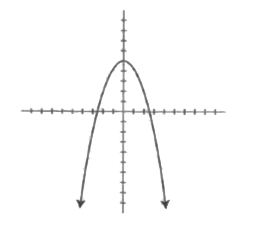 C
C D
D
Which of the following graphs is symmetric about the origin ?
A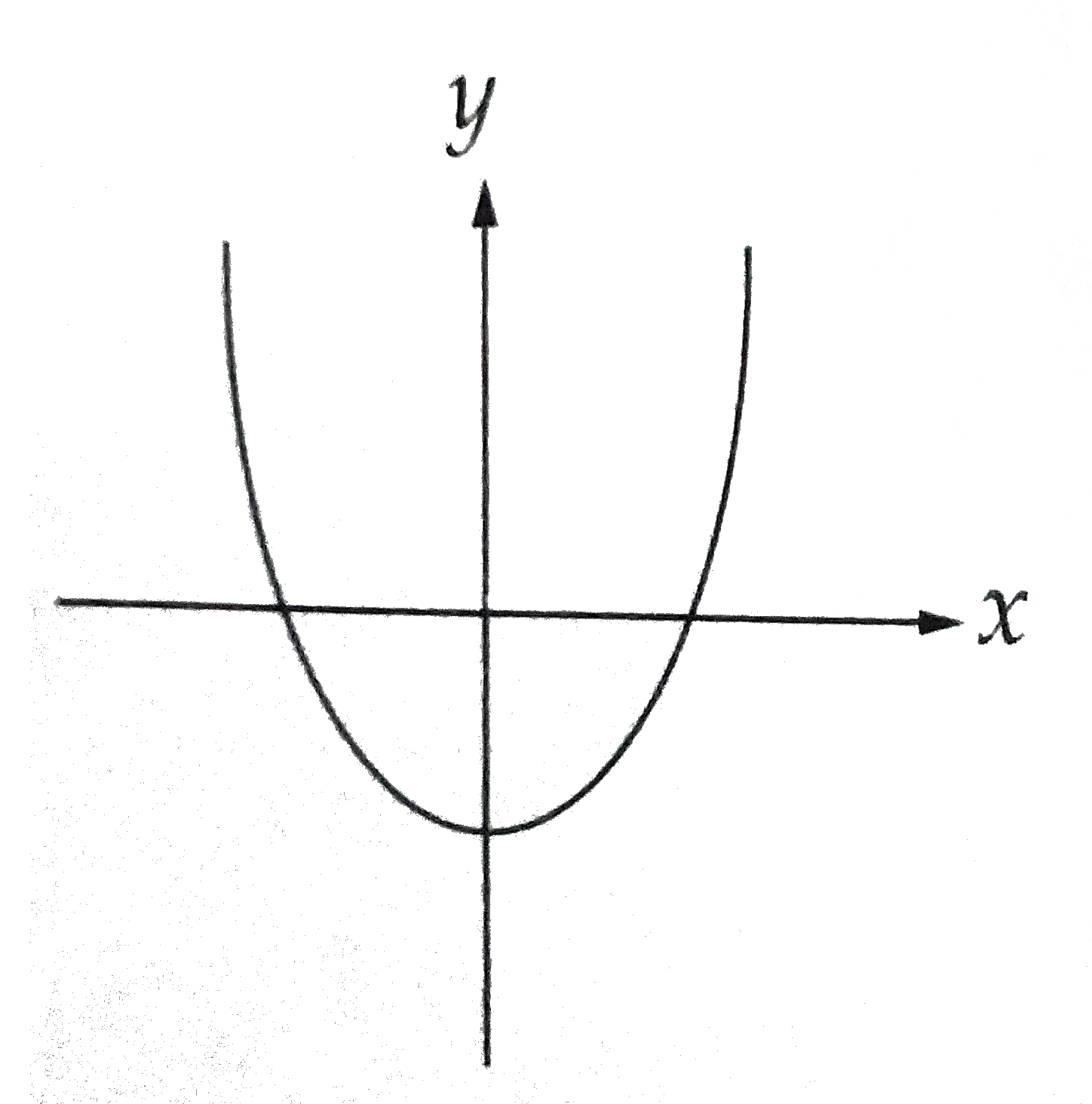 B
B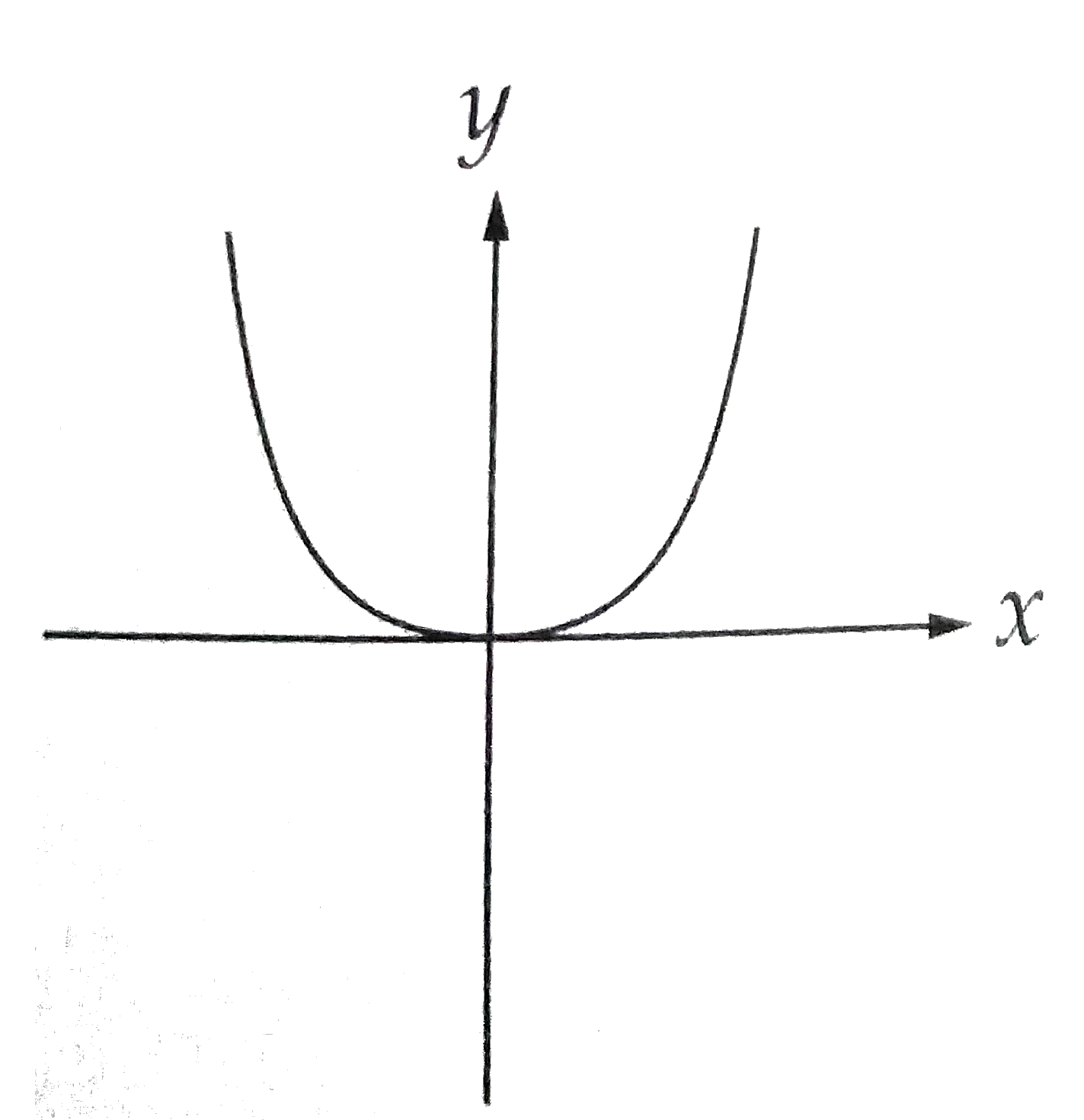 C
C D
D
Given the graph of y=f(x), which of the following is graph of y=f(1−x)
View SolutionWhich of the following statement is correct w.r.t. the following graph ?

View SolutionWhich of the following statement is correct w.r.t. the following graph?
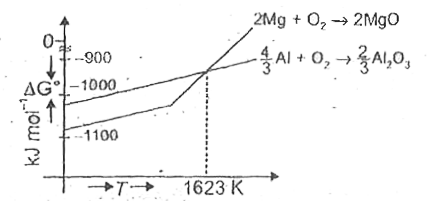
View SolutionThe graph shows a parabola that is symmetric about the x-axis. Which one of the following could be the equation of the graph?
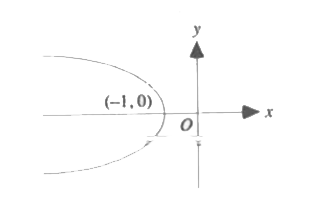
View SolutionThe graph in the standard (x,y) coordinate plane below is the graph of one of the following functions, which one?

View Solution
